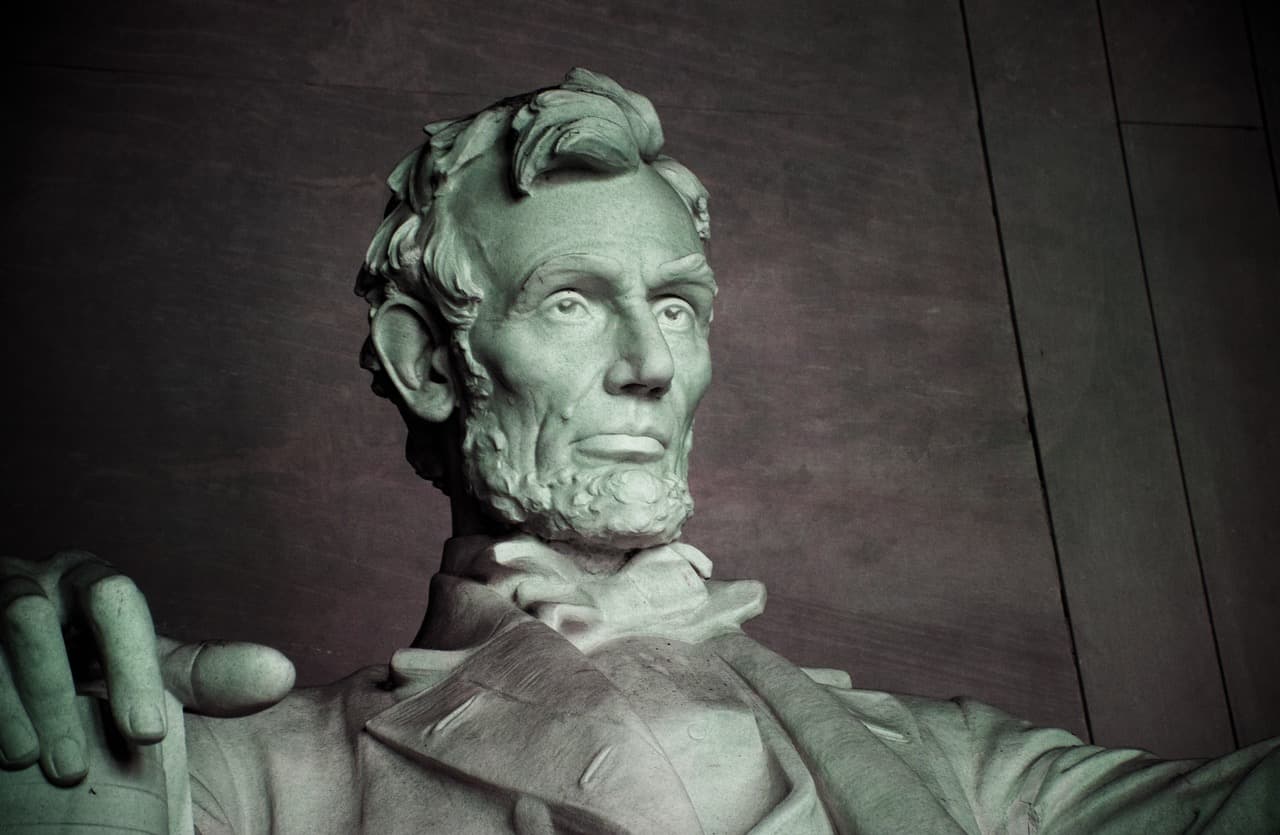
Leadership Insights from The Rifle Musket (Really!)
By Jared Peatman
Published on May 29, 2018
I am in the midst of working on a new book about Joshua Chamberlain, the 20th Maine, and the Battle of Gettysburg. As part of my background reading, I am trying to become more knowledgeable about the weapons the men carried and the battlefield tactics they used. The current master on that subject is Earl Hess. Several of his books have proved valuable for my own research, while also suggesting some interesting ways to think about leadership challenges.
The Myth of Superior Technology
In The Rifle Musket in Civil War Combat, Hess turns a number of myths on their head. People often assert that the high death toll of the Civil War was a product of old tactics but new weapons. Specifically the reference to the addition of rifling and the advent of a new bullet that tripled the effective range from about 100 yards (at the time of the Revolutionary War) to 300 yards.
However, Hess shows this explanation to be unfounded. Because the rifle fired a bullet through a parable-shaped arc, a gun sighted for 300 yards would hit a man who was 0-100 yards in front of him, but then the bullet would be over the head of an oncoming attacker for the distance between 100-225 yards, dropping into the killing zone again between 225-350 yards.
The Training Gap
Effectively this meant that soldiers had to be highly trained at estimating distances, otherwise the new, supposedly superior rifled musket was no more effective than the smoothbores from the days of George Washington.
The reality was that most Civil War soldiers opened fire at between 75-125 yards—well within the effective range of older smoothbore muskets. The superior technology was rendered ineffective by inadequate training and understanding.
Modern Technology Parallels
How often in our own organizations do we adopt a new technology that is going to fix everything, then, because we don't use it properly, it has no greater impact than what it replaced?
Hess' revelations on the trajectory of the bullet, plus the average distance at which soldiers reported opening fire on the enemy (between 75-125 yards), are both good reminders that new technologies are only effective if they are accompanied by appropriate training.
Leadership Lessons from the Rifle Musket
This historical example offers several crucial insights for modern leaders:
1. Technology ≠ Automatic Improvement
- New doesn't always mean better if not properly implemented
- Superior specs on paper don't guarantee superior results in practice
- Context matters - what works in ideal conditions may fail in real-world scenarios
2. Training Is the Multiplier
- Without proper training, even advanced technology becomes ineffective
- Skills development must accompany technology adoption
- Distance estimation for Civil War soldiers parallels modern needs for data interpretation, software proficiency, or digital communication skills
3. Understanding Limitations
- Know your tools' capabilities and constraints - the rifle musket had dead zones
- Train for realistic scenarios - soldiers needed to understand when the weapon would be effective
- Avoid overconfidence in new technology without understanding its true performance
4. Implementation Strategy Matters
- Gradual rollout with proper training prevents disappointment
- Measure actual effectiveness, not just theoretical capability
- Adjust tactics to match the technology's real-world performance
Questions for Leaders
Reflecting on the rifle musket's lessons, consider these questions for your organization:
What training might you need?
- Are we introducing new technology without adequate training?
- Do our people understand both the capabilities AND limitations of our tools?
- Are we measuring theoretical potential or actual performance?
- How can we ensure proper "distance estimation" skills for our context?
The Timeless Principle
The rifle musket story reminds us that throughout history, the organizations that succeed with new technology are those that invest in understanding it fully and training their people properly. The weapon itself was superior—but only when used by soldiers who understood its trajectory, range, and optimal deployment.
Whether you're implementing new software, processes, or strategies, remember the lesson of the rifle musket: the technology is only as good as the training that accompanies it.
What new "technology" in your organization needs better training to reach its full potential?




